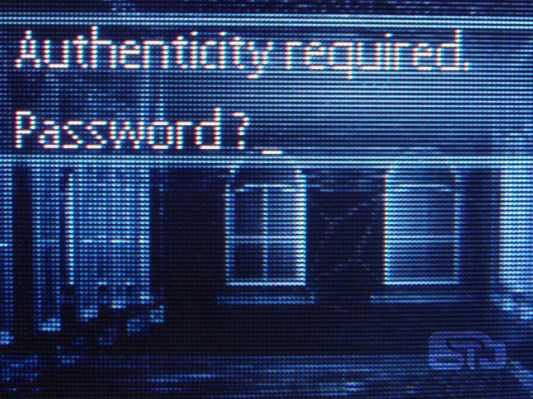In the age of email spoofing, identity theft, and the myriad sorts of virtual chicanery and flim-flammery, having a service that can verify a person’s identity is vital. As demand for identity verification and and authentication grows, TeleSign is looking to capitalize on its latest round of funding, shopping for technology acquisitions and new markets for growth.
The company recently added Telstra Ventures, the investment arm of the Australian telecom giant, Telstra, as a new strategic investor. Telstra is also incorporating TeleSign’s authentication technology into its own services.
The new commitment brings TeleSign’s total haul for its latest round to $49 million.
The new partnership is only the latest in a string of successes for TeleSign, which booked $50 million in revenue for 2013, up from $25 million in 2012. For the current calendar year, the company expects to reach $100 million in revenue, according to TeleSign chief executive, Steve Jillings.
“This is the next wave of authentication,” says Jillings. “The technology is based on the simple notion that the only unique and readily identifiable identification that anyone has is the mobile phone number.”
With the additional capital, Jillings says that the company will look to develop more frictionless authentication services, where the verification of a person’s identity will happen more quickly.
The Marina Del Rey, Calif.-based company is also beginning to experiment with ways to fold biometric sensors into its authentication services, according to Jillings. “Security is one of those things where there’s no silver bullet,” says Jillings. “We’re starting to look at other types of capabilities and adding them to our arsenal.”
That could mean acquisitions in the future. “We are looking at acquisitions,” says Jillings. “A lot of it is around different styles of authentication. There are some really neat, very young startups out there with interesting technology, but their ability to get to market is very limited.” With some of the world’s largest companies as its client, TeleSign provides access to nearly any market a startup would want to reach.
So what things are on Jillings’ wish list? “We’re evaluating everything from biometrics to a bunch of frictionless technologies,” he says. “There are some companies outside of the U.S. that could come and join us.”

And Jillings isn’t worried about competing technologies being rolled out by companies like Apple — with its touch identification feature. “We think it’s just another level of security,” says Jillings. “And Apple is just 12% of the marketplace.”
Beyond its authentication services to companies, Jillings says the company is also working on rolling out new services to telecommunications companies that’s going to market in the U.K. Last year, the company acquired the London-based GMNO Routo Telecommunications, in a deal that gave TeleSign control of a mobile messaging network, and began reaching out to global SMS operators.
The bulk of TeleSign’s business is still based in America, with 80% of its customers based here, but the remainder is from clients around the globe.
TeleSign was founded in 2005, and when Jillings first linked up with the company in 2010, there were only 12 employees. Under his guidance, TeleSign has grown to 220 employees and gone from $1 million in revenues to nearly $100 million.
The company was founded… it was founded in 2005… they built up this whole notion of phone based authentication and verification… and the biggest pushback they got in 2005 and 2006 was “what if someone doesn’t have the phone”
Photo via Flickr user Dev.Arka
